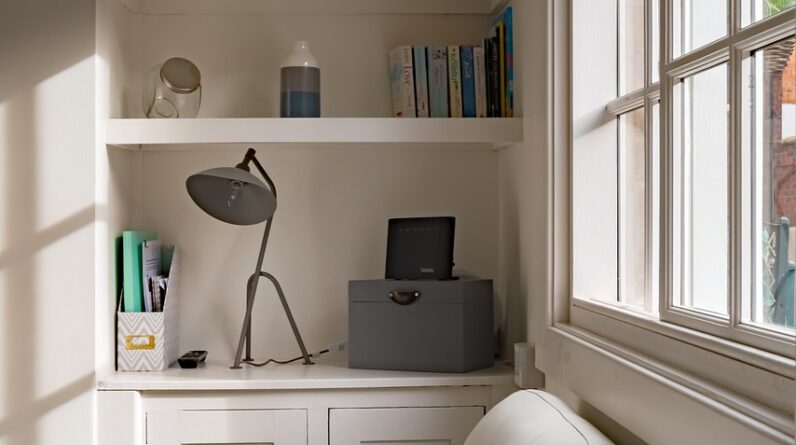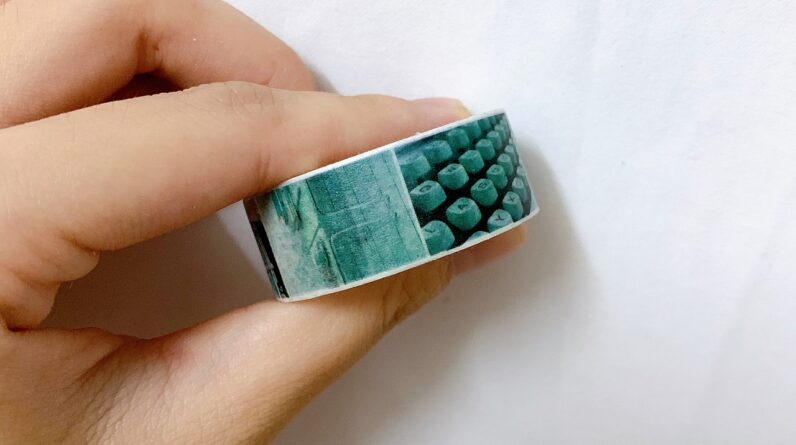
Crafting is more than just a hobby; it can be a vital tool for improving our mental well-being. In “The Benefits of Crafting for Mental Health,” we explore how engaging in creative activities like knitting, painting, and woodworking can help reduce stress, enhance mood, and even improve cognitive function. We’ll delve into the science behind these benefits and share personal stories of individuals who’ve found solace and joy through their crafting endeavors. Let’s discover together how we can harness the power of creativity to enrich our lives and foster a healthier mindset.
Have you ever wondered how spending some time weaving, knitting, or painting could improve our mental well-being? Crafting is more than just a hobby; it offers valuable benefits to our mental health. This article delves into the many ways crafting can enhance our lives.
What is Crafting?
Crafting involves creating items by hand. It can range from needlework, such as knitting and crocheting, to paper crafts like scrapbooking and origami. Others may prefer jewelry making, pottery, or painting. Regardless of the medium, crafting requires focus, creativity, and a sense of purpose.
Types of Crafting Activities
| Craft Type | Description |
|---|---|
| Needlework | Includes knitting, crocheting, embroidery, and sewing. Requires attention to detail. |
| Paper Crafts | Activities like scrapbooking, card-making, and origami. Enhances fine motor skills. |
| Jewelry Making | Involves creating wearable art like necklaces and bracelets. Encourages creativity. |
| Pottery | Shaping clay into functional or decorative items. Provides tactile feedback. |
| Painting/Drawing | Uses various mediums, such as watercolors or acrylics, to create visual art. |
Each form of crafting offers unique benefits, making them suitable for various individuals and needs.
The Science Behind Crafting and Mental Health
Scientists have studied crafting’s effects on the brain and found numerous benefits. When we engage in crafting, certain brain processes are activated that can reduce stress, combat depression, and improve cognitive function.
Release of Neurochemicals
When we concentrate on a crafting activity, our brains release dopamine, the “feel-good” neurotransmitter. This chemical not only boosts our mood but also helps in fighting off anxiety. Similarly, other neurochemicals like serotonin are released, enhancing our overall mental well-being.
Cognitive Benefits
Crafting also engages different cognitive functions such as problem-solving, planning, and hand-eye coordination. Activities requiring repetitive actions, like knitting or crocheting, can lessen symptoms of dementia by keeping the mind active.
Social Benefits of Crafting
In addition to cognitive and emotional benefits, crafting fosters social connectivity. These activities often involve community gatherings or clubs where we can share techniques and completed projects. This interaction is essential for our social well-being.
Building Community
Joining a crafting club or attending workshops allows us to connect with like-minded individuals. These connections can lead to long-lasting friendships and a strong support network.
Shared Accomplishments
Being part of a crafting group gives us a sense of belonging. Sharing our completed projects with the group boosts our self-esteem and makes us feel appreciated and valued.
Emotional Benefits of Crafting
Emotional well-being includes our feelings, sense of self-worth, and our ability to handle stress. Crafting can have a significant positive impact on our emotions.
Reducing Stress and Anxiety
Engaging in a repetitive, focused activity can induce a meditative state. This state helps lower cortisol levels, the stress hormone, and promotes relaxation. Crafting gives us a break from daily pressures, allowing us to renew ourselves.
Boosting Self-Esteem
Creating something with our hands gives us a sense of accomplishment. Successfully completing a project, no matter how simple, can significantly boost our self-esteem and give us a sense of purpose.
Crafting as Therapy
Crafting has also found its place in therapeutic settings. Occupational therapists often use crafting activities as part of a treatment plan for individuals with mental health issues.
Art Therapy
Art therapy uses creative processes to help individuals explore emotions, develop self-awareness, and cope with stress. It has been found to be particularly helpful for those dealing with trauma.
Occupational Therapy
Occupational therapists integrate crafting to help patients develop fine motor skills, improve focus, and build social skills. These activities are tailored to meet specific therapeutic goals.
Crafting and Mindfulness
Engaging in crafts can bring about a state of mindfulness, a form of meditation that focuses on being in the present moment. Mindfulness reduces stress and enhances our overall well-being.
The Act of Creating
When we craft, we immerse ourselves in the act of creation. This focus on the present activity is a form of mindfulness that can alleviate symptoms of anxiety and improve mental clarity.
Flow State
Crafting can also induce a “flow state,” a highly absorbed mental state where self-consciousness fades away. The flow state is beneficial for mental clarity and emotional well-being.
Economic Benefits
While the primary focus of this article is on mental health, it’s worth noting that crafting can also have economic benefits.
Income Opportunities
Some of us turn our crafting skills into small businesses, selling handmade items on platforms like Etsy. This not only provides a source of income but also gives us a sense of purpose and accomplishment.
Cost-Effective Hobby
Crafting can be a cost-effective way to create personalized gifts or home décor, saving us money and allowing for personal expression.
How to Get Started with Crafting
The world of crafting can be overwhelming for beginners, but starting simple is the key. Here are steps to help us get started:
Choose a Craft
Select a craft that interests us and matches our skills. Beginners might opt for simpler crafts like paper arts or basic knitting.
Gather Materials
Look for starter kits that include all necessary materials and instructions. These kits can be found online or at local craft stores.
Join a Community
Find local classes or online communities where we can learn from more experienced crafters. These groups offer support, ideas, and a sense of camaraderie.
Practical Tips for Incorporating Crafting into Daily Life
Making time for crafting can be challenging, but integrating it into our daily life brings numerous benefits. Here are practical tips to help us get started:
Set a Regular Schedule
Dedicate a specific time each day or week solely for crafting. This consistency builds a routine and makes it easier to stick with the activity.
Create a Craft Space
Set up a designated area for our crafting projects. This can be a simple table or a corner of a room. Having a dedicated space keeps us organized and motivated.
Start Small
Begin with small projects that can be completed in a short time. This approach allows us to reap the benefits of crafting without feeling overwhelmed.
Mix and Match
Experiment with different types of crafts to discover what truly captivates us. Mixing various activities can also keep us engaged and stimulated.
FAQs About Crafting and Mental Health
To wrap up our discussion, let’s address some frequently asked questions about crafting and its impact on mental health.
Is crafting suitable for all ages?
Yes, crafting is a versatile activity that benefits individuals of all ages. Children can develop motor skills and creativity, while adults and seniors can use crafting to relax and improve mental clarity.
Can crafting replace traditional therapy?
While crafting can significantly improve mental well-being, it should not replace traditional therapy for severe mental health issues. However, it can be a complementary activity that enhances therapeutic outcomes.
How much time should we dedicate to crafting?
The time we dedicate to crafting depends on our schedules and preferences. Even setting aside 15 minutes a day can provide noticeable benefits.
Do we need to be artistic to benefit from crafting?
No, the mental health benefits of crafting come from the process, not the final product. The act of creating and focusing is what provides the therapeutic effects.
Conclusion
Crafting offers myriad benefits for our mental health, from reducing stress and anxiety to improving cognitive function and building social connections. As we’ve explored, this tactile form of creation fosters emotional well-being and can even serve as a valuable therapeutic tool. Whether we’re knitting, painting, or working with clay, taking the time to create something with our hands can be incredibly fulfilling and beneficial for our mental well-being. Let’s embrace the world of crafting and enjoy the plentiful rewards it brings to our lives.







